The cat is out of the bag. Samsung confirmed today (December 12) that it will release a new headset next year and run on Google's newly unveiled platform for extended reality devices.
The Samsung headset — code-named Project Moohan — was teased during a Google event to mark the launch of Android XR. The platform is built on the foundations of Android to promote spatialized versions of apps that take advantage of virtual spaces.
Based on the released image, Samsung's headset looks a lot like the Apple Vision Pro. Like a lot. Just look at what appears to be the light shield and the ski mask-like front of the headset.
Google is giving Android developer tools to app makers with the hope that they'll start developing versions of their software for the new platform — presumably to be available for Samsung's upcoming headset.
We only have a teaser image of Project Moohan to go with at the moment, and it's unclear when in 2025 the new headset will arrive. But a Samsung headset had been heavily rumored to be a possibility for the still-unannounced Galaxy Unpacked 2025 event where the company would also launch its new Galaxy S25 flagship phones. This year's Galaxy S24 launch took place in January, and the S25 is expected to follow suit, so that could mean we'll get a full view of the Project Moohan headset as soon as next month.
Project Moohan: What we know so far

There are a few details that have emerged about the headset being developed for Android XR by Samsung with Google's help. In fact, Project Moohan marks the culmination of an XR device partnership involving Google, Samsung and chip maker Qualcomm announced in February 2023 at a Galaxy Unpacked event.
Qualcomm confirmed that the headset will run on Snapdragon XR Plus Gen 2 silicon, which offers support for up to 4.3K resolution in each eye, running at 90 frames per second. This chip is also supposed to boost CPU and GPU frequency by 20% and 15%, respectively, when compared to the Snapdragon XR Gen 2 chip that powers the Meta Quest 3.
For its part, Samsung promised that its headset would offer "state-of-the-art displays, Passthrough capabilities and natural multi-modal input," according to a statement released as Google announced its new XR platform.
We'll likely hear more about what you can do with the Samsung headset whenever the company launches the new product. However, the name of Project Moohan — Samsung notes that "Moohan" means "infinity" in Korean — offers a hint about the company's ambitions. Basically, Samsung hopes to take advantage of the infinite space that virtual reality affords to offer immersive experiences. Those could include using a spatial computing version of Google Maps to explore the world, watch sporting events on YouTube and interact with Gemini, Google's AI-powered assistant.
Incorporating Gemini into the Android XR platform was a big motivator for Google. "A digital assistant integrated with the XR experience is the killer app," Sameer Samat, Google's president of the Android ecosystem, told reporters during a briefing on Android XR.

To that end, Google promises an Android XR experience on the Samsung headset where you'll be able to fill the space around you with app windows, with the company showing off videos from the perspective of a headset wearer who had open windows multitasking between different browser windows.
Google also talked up the ability to watch YouTube and Google TV on giant virtual screens or view 3D versions of images from Google Photos. It sounds a lot like the same experience Apple Vision Pro headset users enjoy via the visionOS software, so the arrival of Samsung's headset will give us a chance to compare the different approaches to spatial computing.
In announcing Android XR, Google said that mobile and tablet apps from Google Play will work right out of the box, as it helps developers build more apps and content specifically for Android XR that will arrive later in 2025. Google says it's already working with partners like Adobe, Calm, Virtual Desktops and others on building for Android XR.
Beyond Project Moohan with Android XR
Samsung's headset may be the first device built for Android XR, but it won't be the last. Qualcomm says that companies such as Lynx, Sony and XREAL are looking to develop Android XR devices.
In addition to headsets, Google says the Android XR platform will also support AR glasses, conjuring up memories of the ill-fated Google Glasses project. Google executives now suggest that device was ahead of its time — the vision behind Glasses was correct, but the technology at the time wasn't quite ready for it, is how Samat puts it. The difference this time around figures to be Gemini, and its ability to see and understand the world around it through cameras on board the AR glasses as well as through audio.
For example, Google showed off a video of a woman wearing a pair of AR glasses who could look at a menu in Korean and see the words and prices translated to English by Gemini. When a server spoke to her in Korean, a real-time translation of what he said appeared on the glasses so that she could place her order and know how much she had to pay.
In another video demo, the Gemini assistant on board the glasses summarizes text messages from a group chat, pulls up menu options at a restaurant and even provides walking directions that appear as augmented arrows in your line of vision as you walk down the street.
Google's Android XR announcement comes on the heels of a Project Astra update this week in which Google talked about its desire to bring multimodal understanding to devices like smart glasses. Google plans to start testing prototype glasses shortly.
Google's not the only company to try its hand at AR glasses, as Meta showed off a prototype of its Orion AR glasses just a few months ago and the latest Snap Spectacles are being refined for a commercial release. But Google figures that Gemini will give its XR platform a leg up once glasses built on that platform stat to appear.
More from Tom's Guide
- I just tried Xreal's new smart glasses and they're a leap forward for AR
- Samsung ready to take on Meta Ray-Ban glasses with its own smart glasses
- I’ve worn smart glasses for over 3 years — here’s the best AR and AI glasses
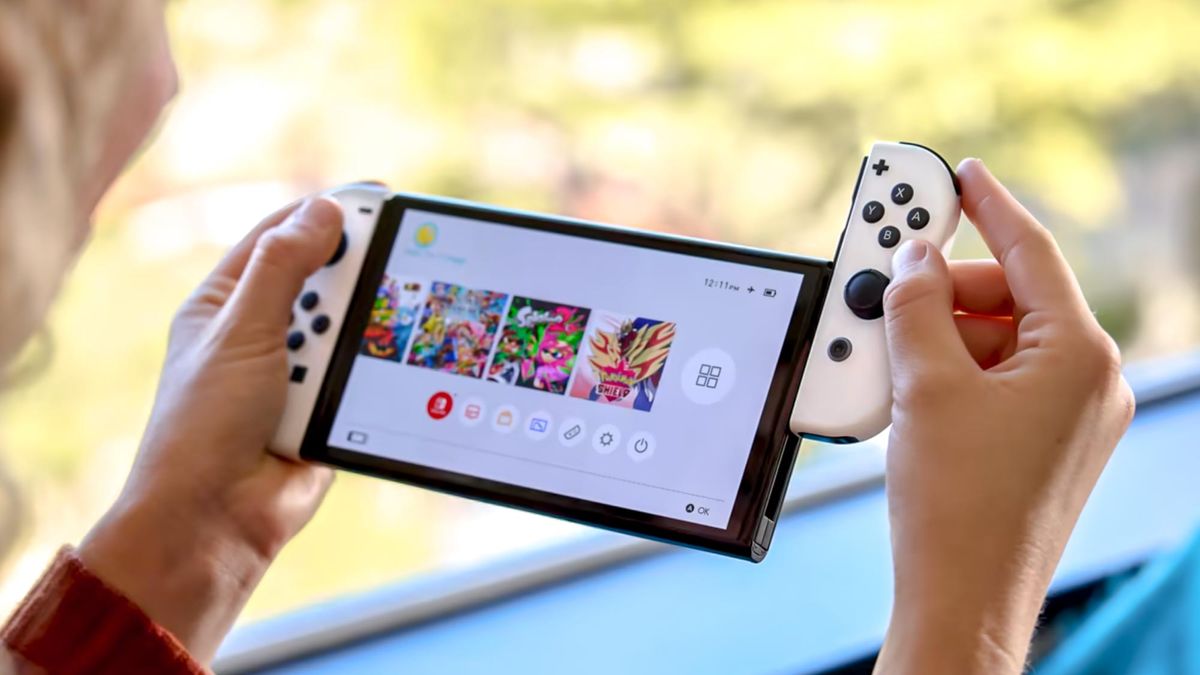

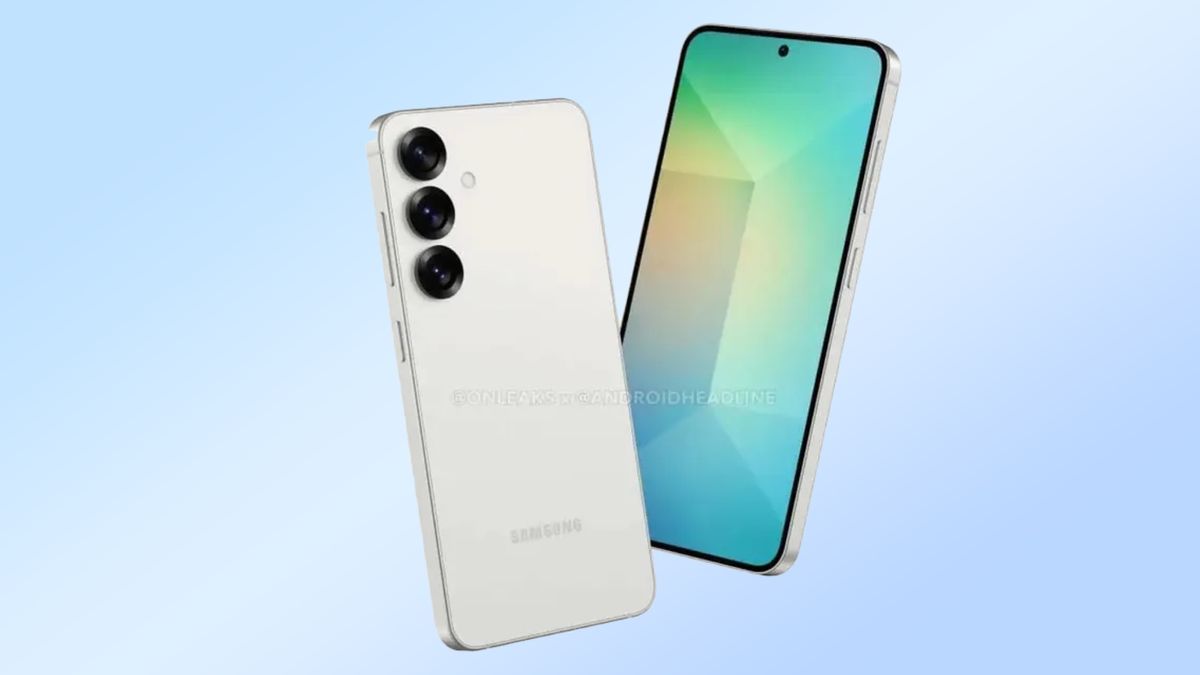
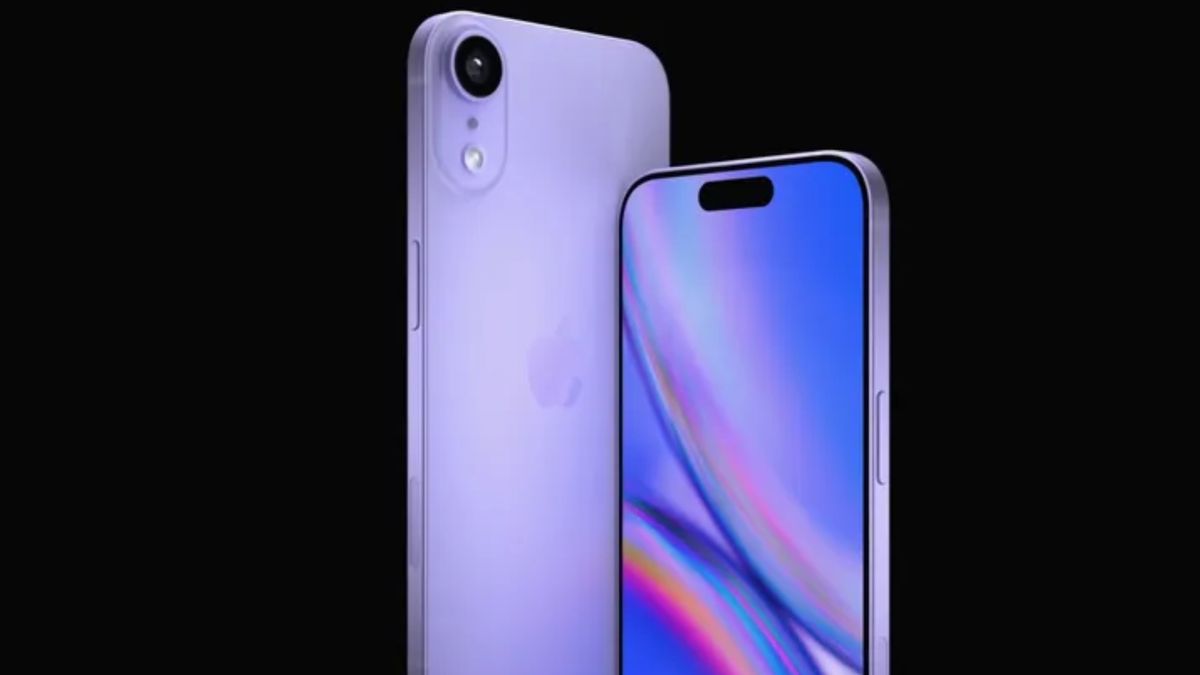


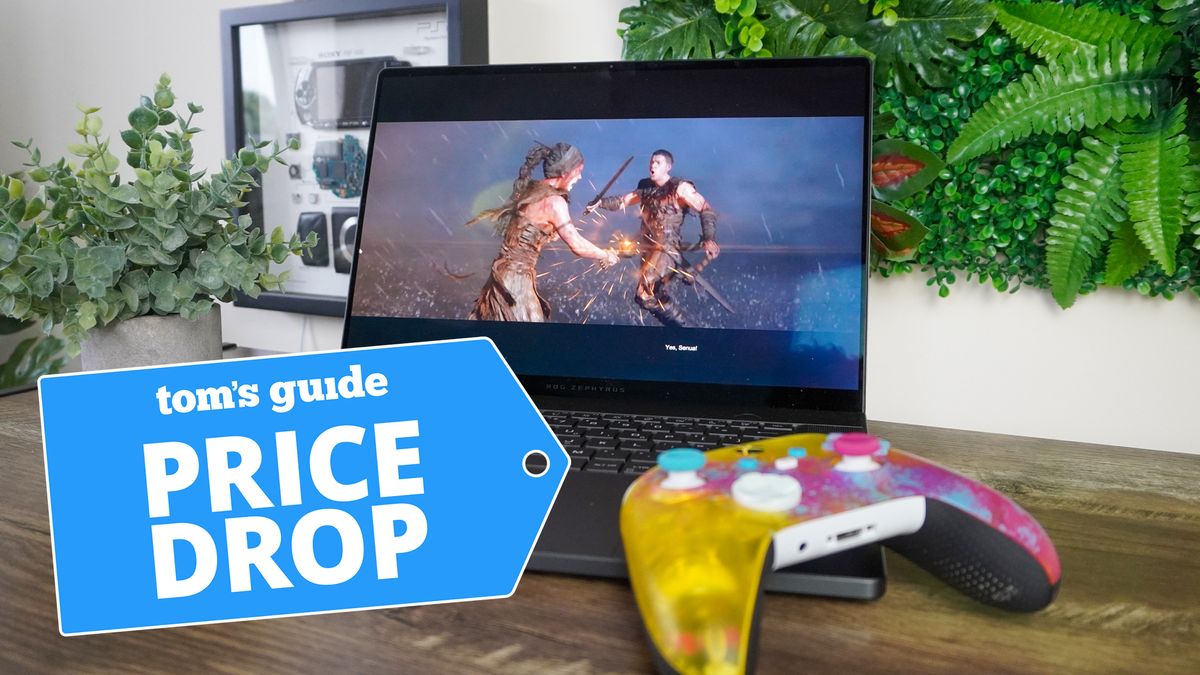
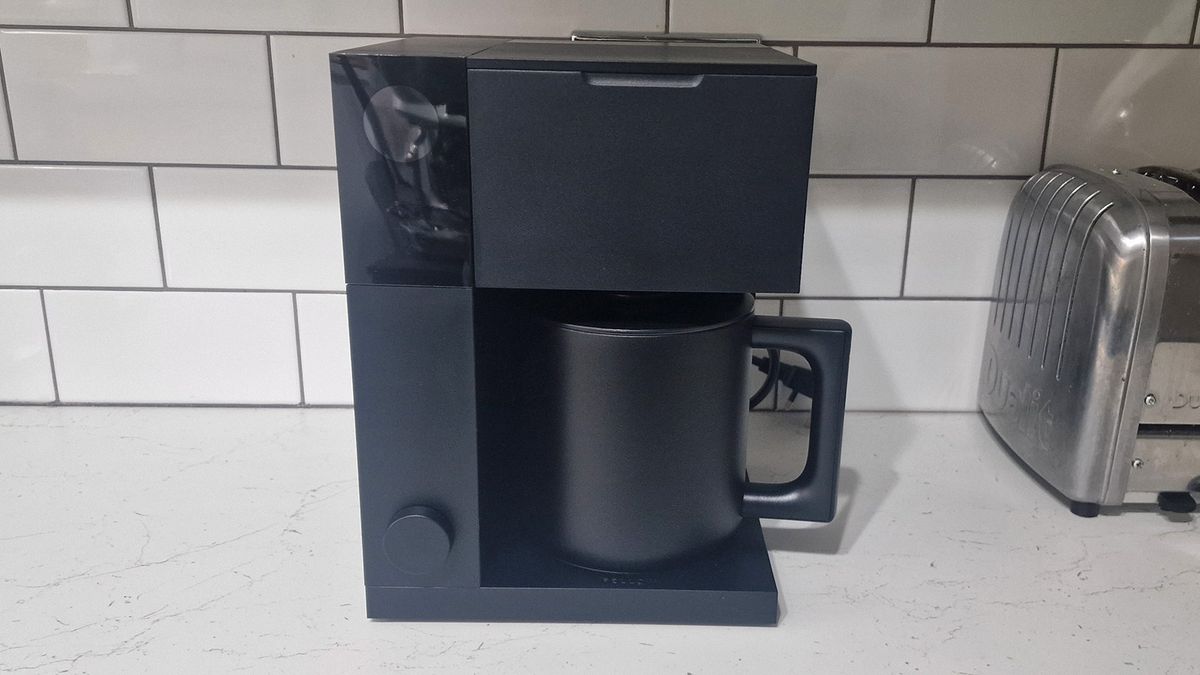












 English (US) ·
English (US) ·